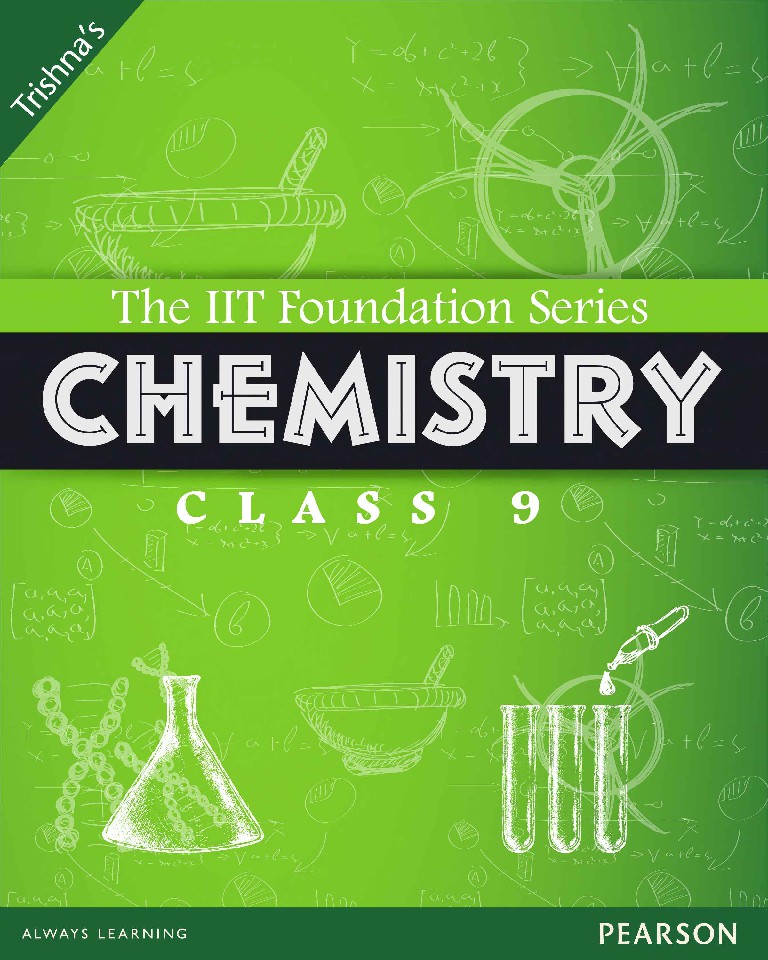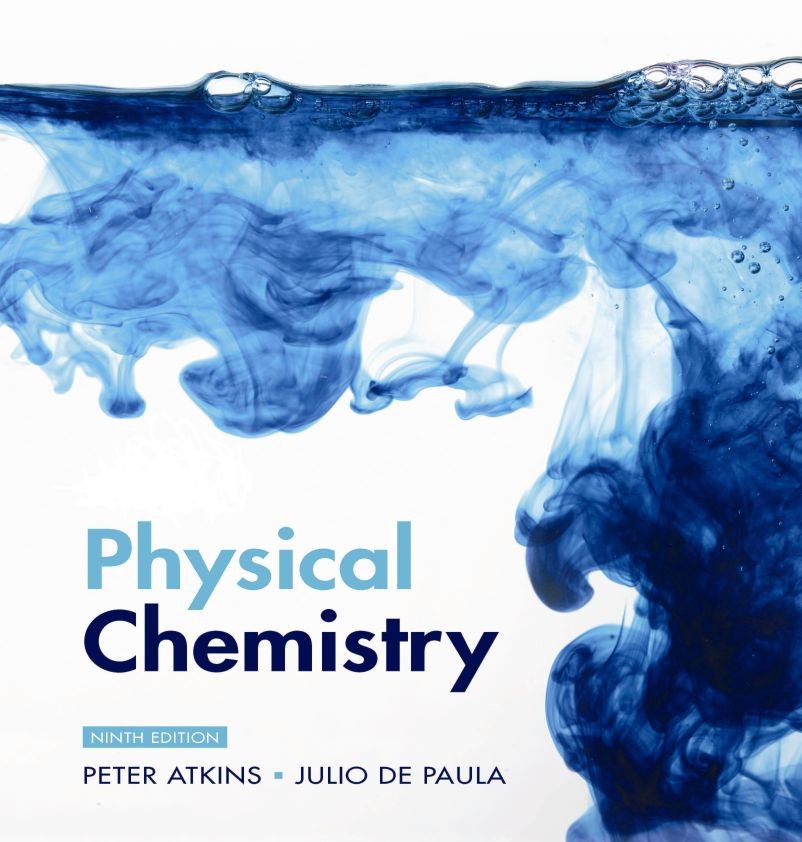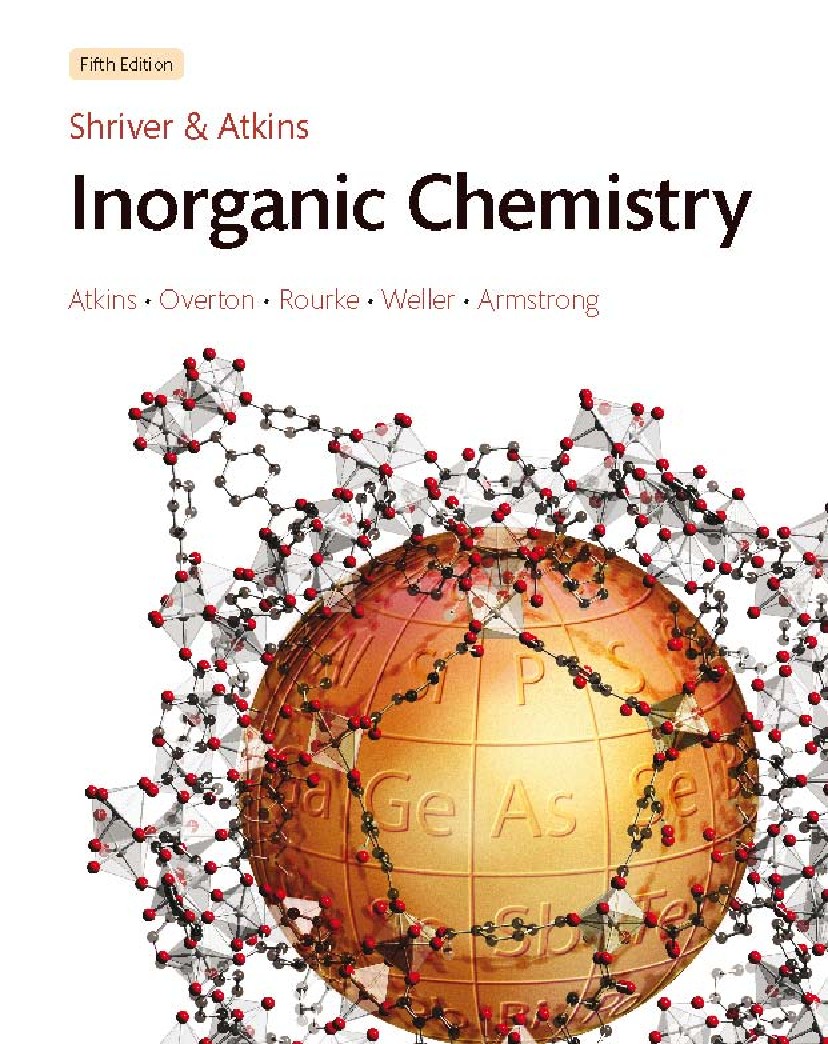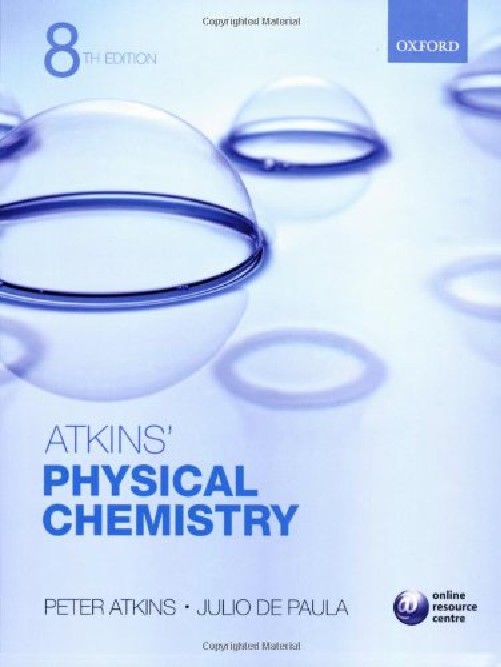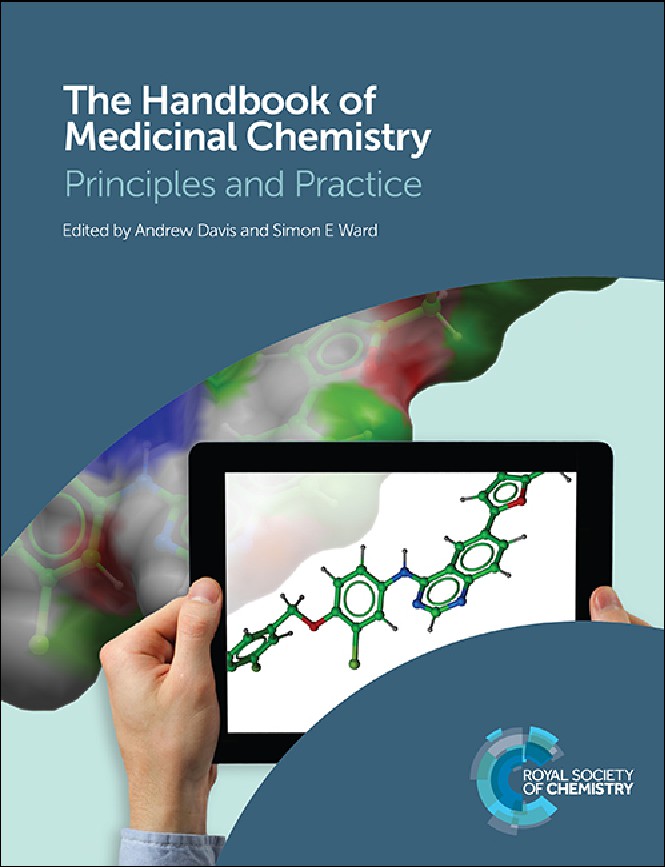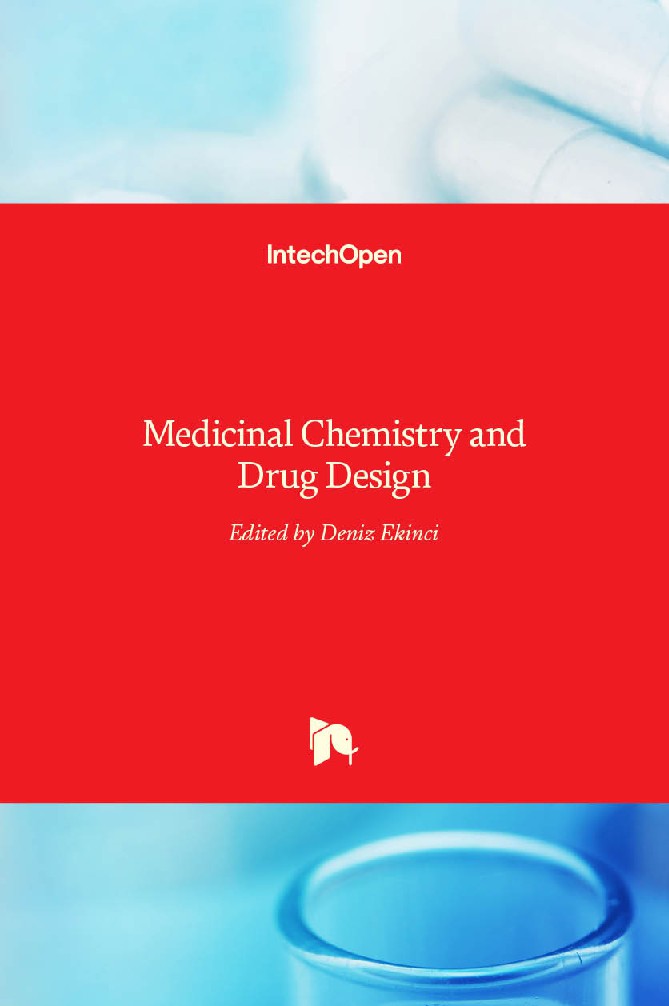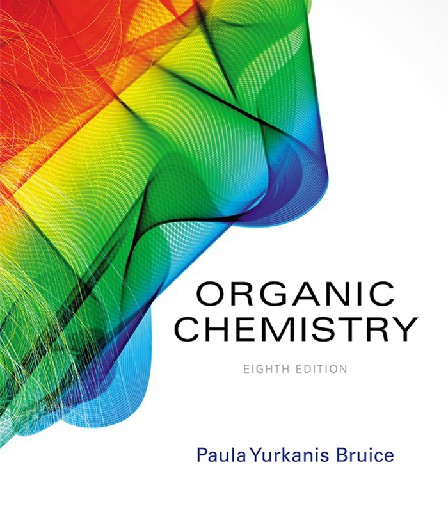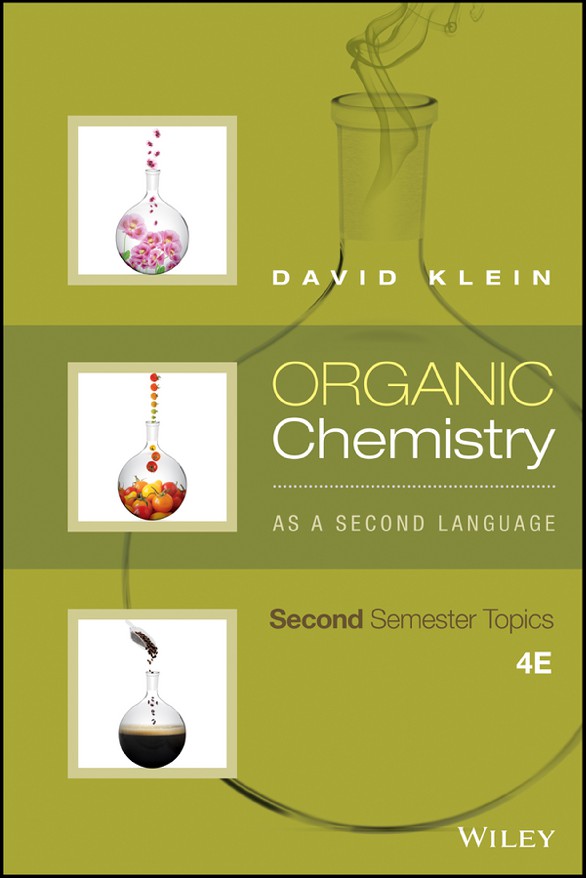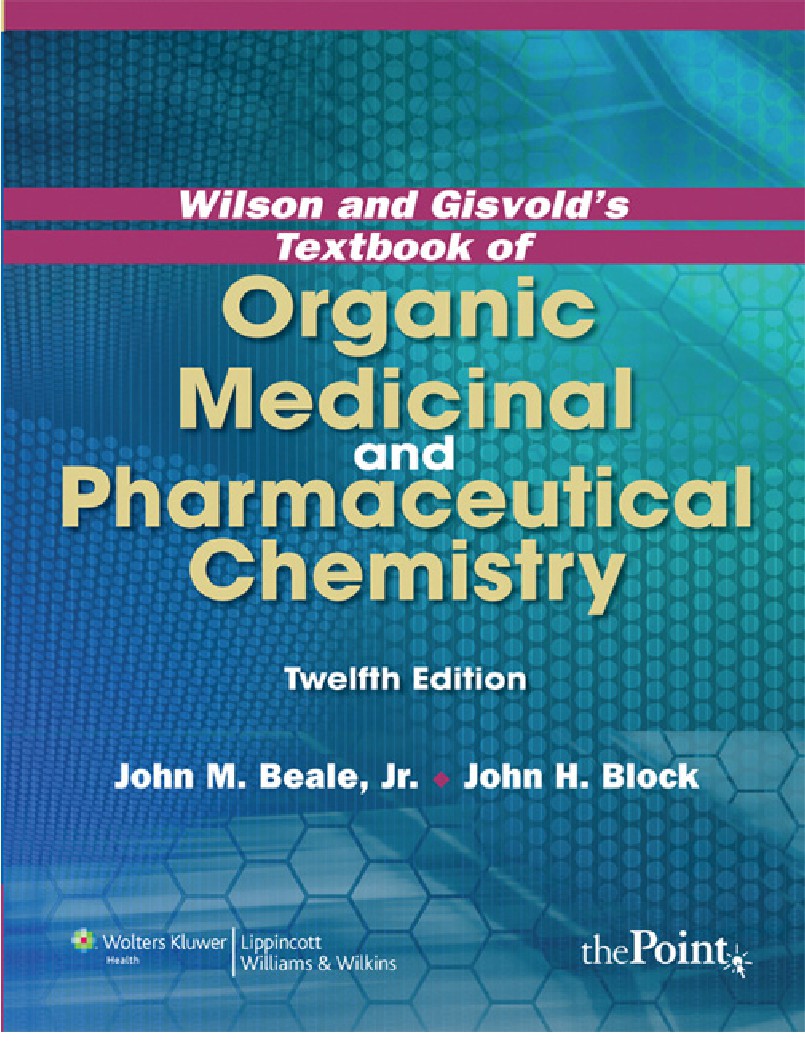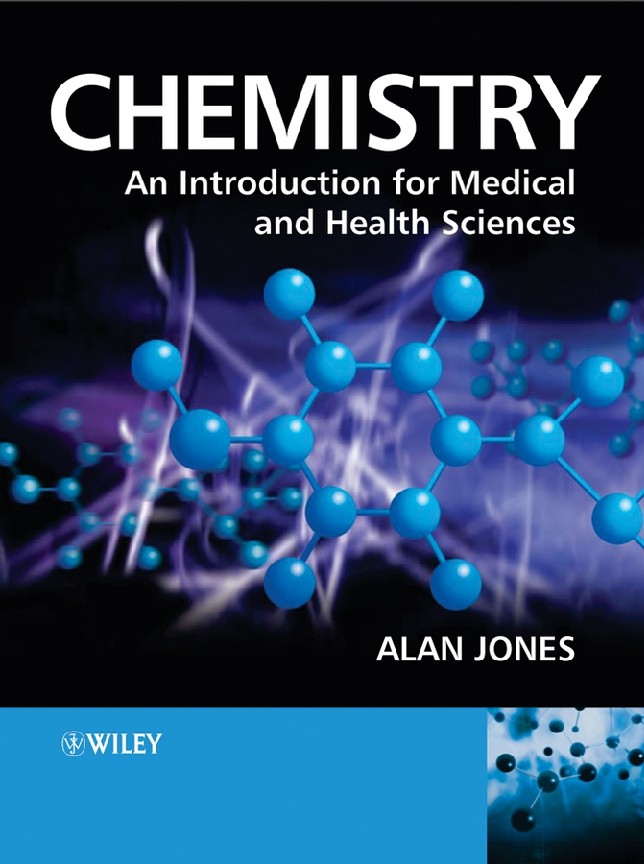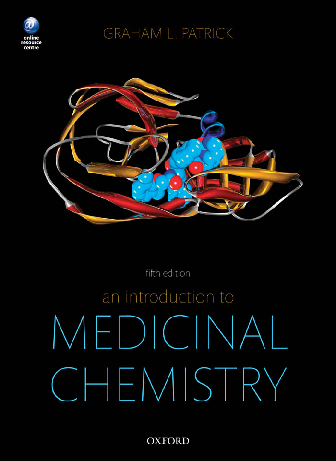Book Details
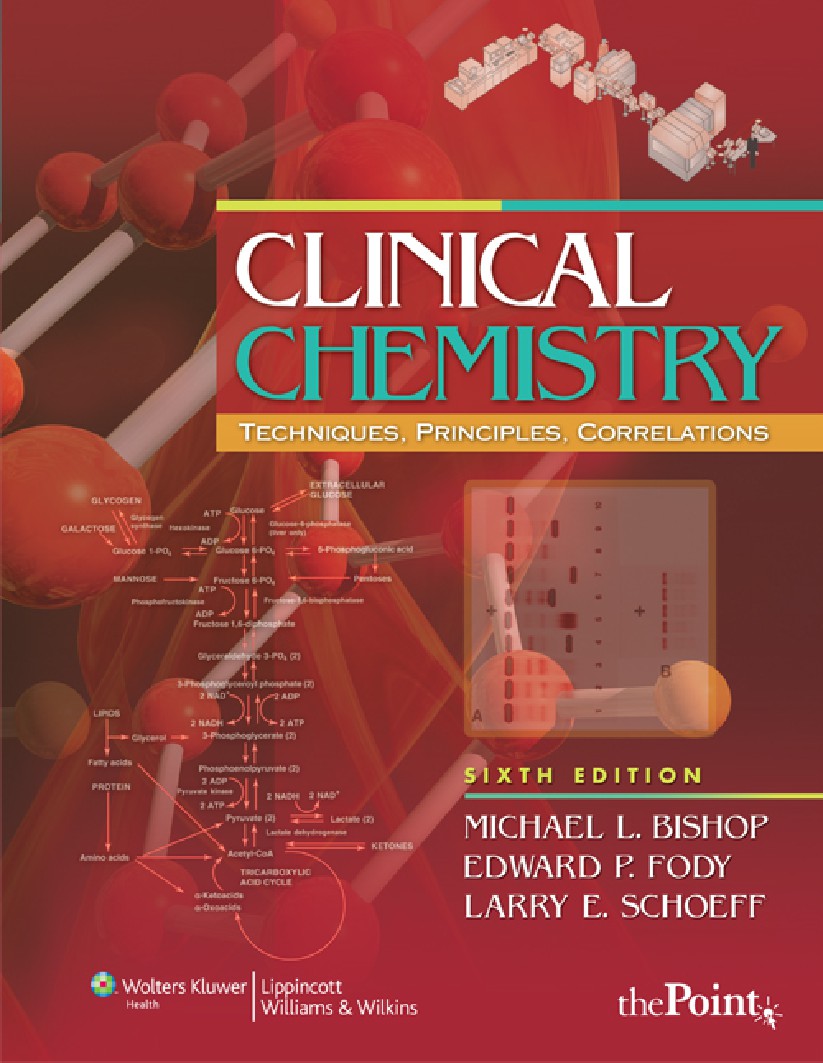
Clinical Chemistry 6th Edition
Clinical chemistry continues to be one of the most rapidly
advancing areas of laboratory medicine. Since the
publication of the first edition of this textbook in 1985,
many changes have taken place. New technologies and
analytical techniques have been introduced, with a dramatic
impact on the practice of clinical chemistry and
laboratory medicine. In addition, the health care system
is constantly changing. There is increased emphasis on
improving quality of patient care, individual patient outcomes,
financial responsibility, and total quality management.
For this reason, the editors have replaced
“Procedures” with “Techniques” in the title in order to
reflect the continued evolution of the laboratorian’s role
in healthcare. Point-of-care testing (POCT) is also at the
forefront of health care practice and has brought both
challenges and opportunities to clinical laboratorians.
Now, more than ever, clinical laboratorians need to be
concerned with disease correlations, interpretations,
problem-solving, quality assurance, and cost effectiveness;
they need to know not only the how of tests but
more importantly the what, why, and when.
Author: Michael L. Bishop
Pages: 788
Issue By: eBook 707
Published: 2 years ago
Likes: 0
